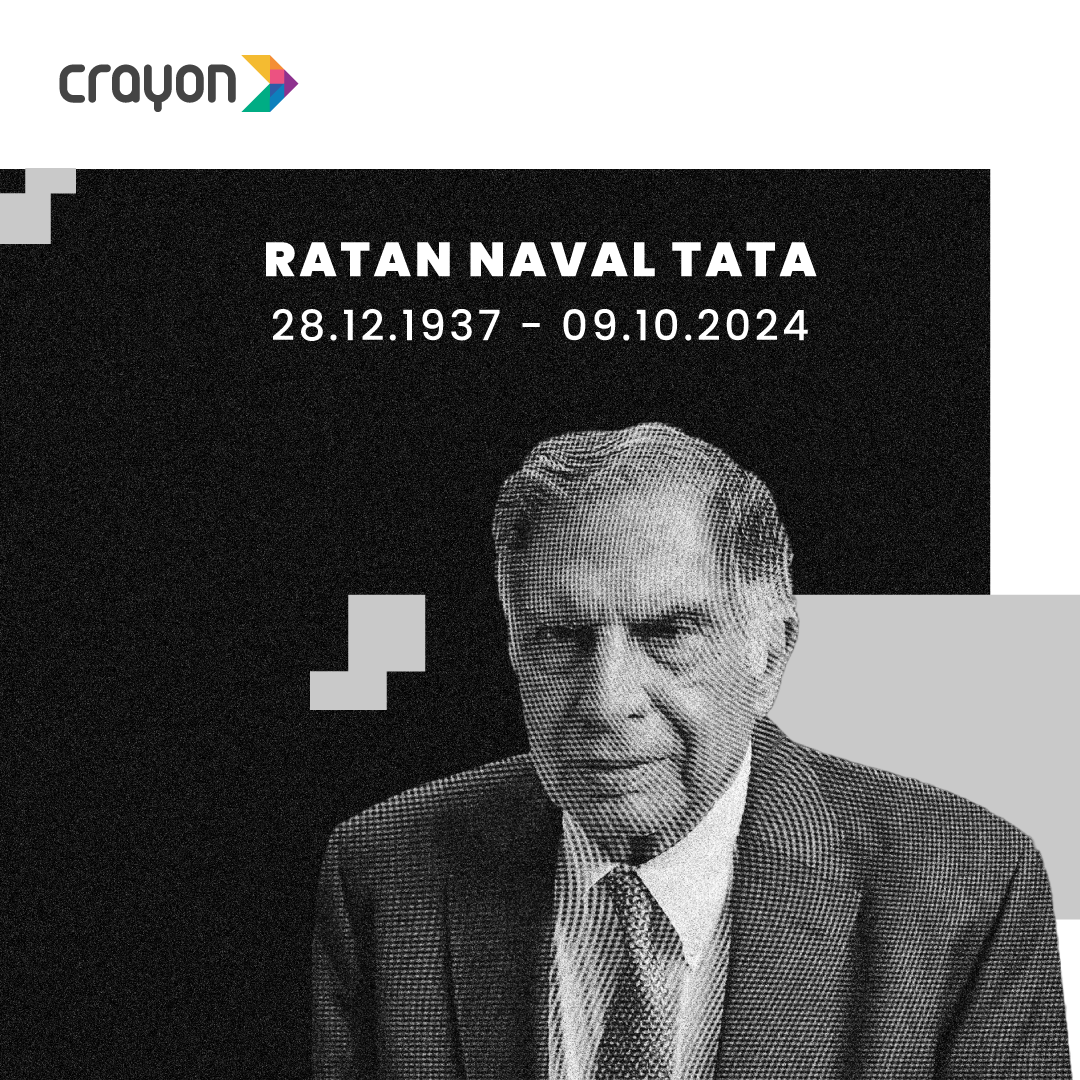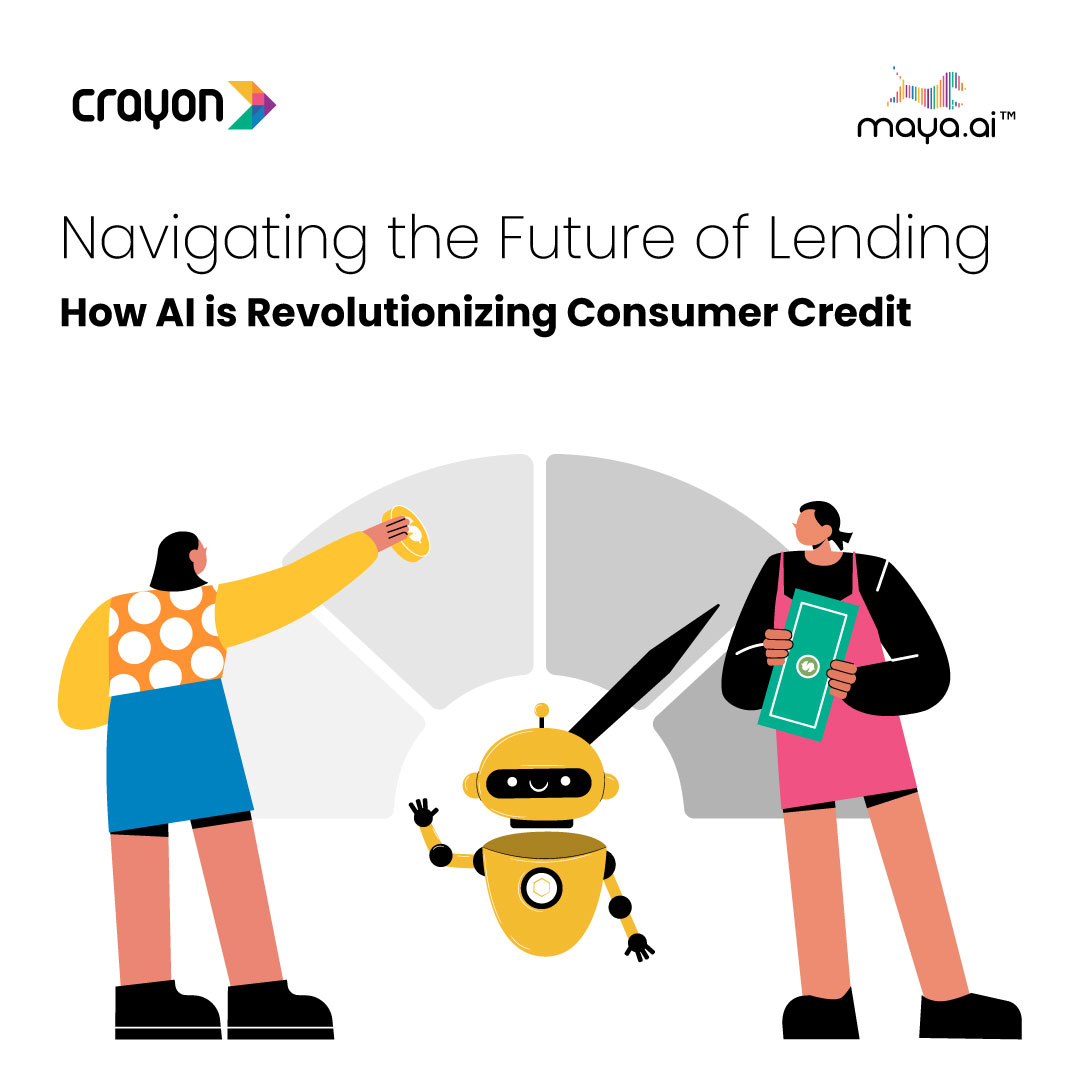The film industry is huge, generating in excess of $520 billion revenue in the USA in 2013.
Imagine if this behemoth of the entertainment world could be further refined by taking account of consumers’ preferences, viewing habits and cultural interests?
Big data makes this refinement possible. As consumers publish information and provide a constant stream of feedback on Twitter, Facebook, Google Plus and personal blogs, studios now have almost limitless information about what genres prosper, which actors are favoured, how films are marketed, and which adverts should appear where.
An interesting example is that of the ‘Internet Movie Database’ (IMDb). Boasting a database over more than 2.5 million films and 50 million users, the site enables anybody to contribute new material, edit existing entries, and most importantly, rate any film on a scale of 1 to 10. This data can then be extrapolated into charts, tables and graphs about broad categories (favoured genres, directors, actors and storylines) to the extremely specific (most overrated films in Ottawa with a PG certificate).
When combined with other datasets such as aggregate Google search queries, studios can predict how well their films will perform ahead of time – gaining insight into whether an idea is likely to fly to the top of the box office charts or crash to the bottom of the movie scrapheap. Big data used in this way could ultimately put an end to the much fabled ‘movie flop’, preventing recent box-office disasters such as ‘The Lone Ranger’.




